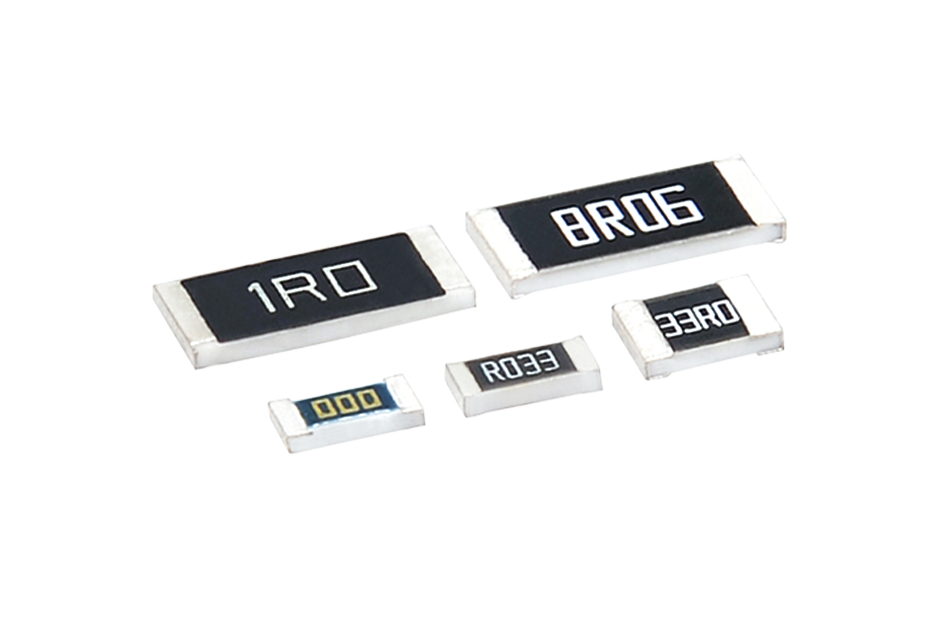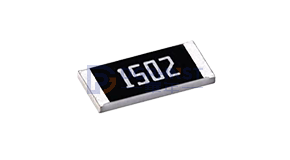hnstshop.com/product-list/R02-p1-l10.html" target="_blank" rel="noopener">Precision resistors are high-precision resistive devices used to measure, calibrate, and control current and voltage in circuits. They typically have extremely low temperature coefficients and stability, providing accurate resistance values under a wide range of environmental conditions.
The volume of precision resistors is usually expressed in metric, imperial, and millimeter systems. Metric units are based on meters, Imperial units are based on feet and inches, and millimeters are a smaller unit of measurement.
English system
| inch | mm |
L (mm) |
W (mm) |
H (mm) |
a (mm) |
b (mm) |
| 0201 | 0603 | 0.60±0.05 | 0.30±0.05 | 0.23±0.05 | 0.10±0.05 | 0.15±0.05 |
| 0402 | 1005 | 1.00±0.10 | 0.50±0.10 | 0.30±0.10 | 0.20±0.10 | 0.25±0.10 |
| 0603 | 1608 | 1.60±0.15 | 0.80±0.15 | 0.40±0.10 | 0.30±0.20 | 0.30±0.20 |
| 0805 | 2012 | 2.00±0.20 | 1.25±0.15 | 0.50±0.10 | 0.40±0.20 | 0.40±0.20 |
| 1206 | 3216 | 3.20±0.20 | 1.60±0.15 | 0.55±0.10 | 0.50±0.20 | 0.50±0.20 |
| 1210 | 3225 | 3.20±0.20 | 2.50±0.20 | 0.55±0.10 | 0.50±0.20 | 0.50±0.20 |
| 1812 | 4832 | 4.50±0.20 | 3.20±0.20 | 0.55±0.10 | 0.50±0.20 | 0.50±0.20 |
| 2010 | 5025 | 5.0±0.20 | 2.50±0.20 | 0.55±0.10 | 0.60±0.20 | 0.60±0.20 |
| 2512 | 6432 | 6.40±0.20 | 3.20±0.20 | 0.55±0.10 | 0.60±0.20 | 0.60±0.20 |
Precision resistor selection: Selection and purchase link (click on the image)
In the metric system, the volume of precision resistor is usually expressed in cubic meters (m ³) To represent. This means that the volume of a precision resistor is the product of three dimensions (length, width, and height). Due to the typically small size of precision resistors, their volume is generally measured in cubic millimeters (mm ³) Represented in units. For example, the volume of a precision resistor may be 0.001 mm ³。
In the British system, the volume of precision resistor is usually expressed in cubic feet (ft ³) Or Cubic inch (in ³) To represent. Imperial units are commonly used in the United States and other English speaking countries. The volume of a precision resistor may be 0.0001 inches ³。
Millimeters are a smaller unit of measurement commonly used to measure the size of small objects. The volume of precision resistors can be measured in cubic millimeters (mm ³) To represent. The volume of a precision resistor may be 1000 mm ³。
The volume size of precision resistors is crucial for their performance and application. A smaller volume usually means higher accuracy and better stability. Due to the fact that precision resistors are commonly used in precision instruments and measuring equipment, reducing their volume can help improve the accuracy and reliability of the system.
In addition to volume, other parameters of precision resistors also need to be considered. For example, the temperature coefficient of precision resistors refers to the degree of change in resistance values at different temperatures. A smaller temperature coefficient means that the resistance value is less sensitive to temperature changes, providing more accurate measurement results.
In addition, the stability of precision resistors is also an important parameter. Stability refers to the degree to which the resistance value changes over time. Good stability means that the resistance value is more stable in long-term use and will not be affected by environmental conditions.
In summary, precision resistors are high-precision resistive devices used to measure, calibrate, and control current and voltage in circuits. Their volume can be expressed in metric, imperial, and millimeter systems, usually with smaller volume, low temperature coefficient, and good stability. Precision resistors play a crucial role in various precision instruments and measuring equipment, helping to improve the accuracy and reliability of the system.



